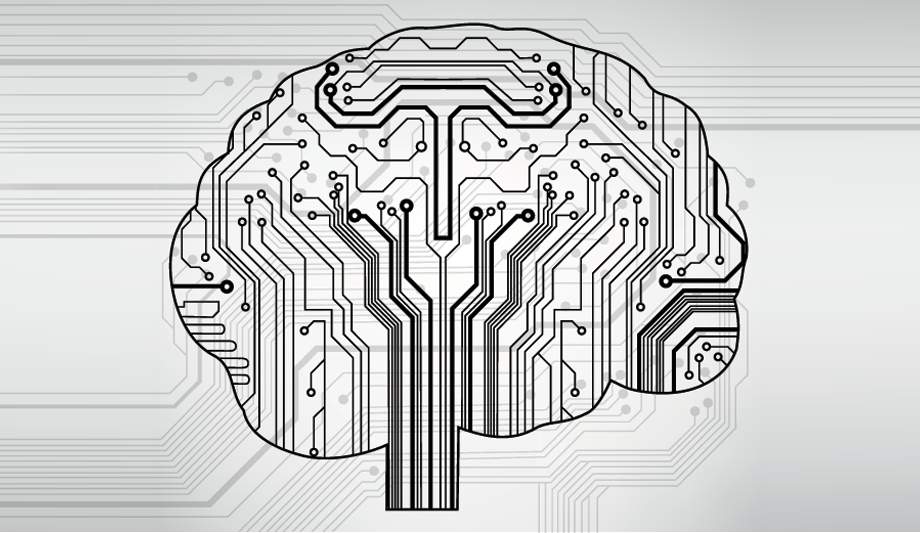Several of the hot trends in the physical security industry – robots, drones, video analytics – have one thing in common: The need for greater intelligence. More complex physical security systems that incorporate artificial intelligence, deep learning, speech recognition and other sophisticated functions depend on a higher-than-ever level of computing power inside embedded devices at the edge.
Graphics processing unit
Graphics processing unit (GPU) manufacturer NVIDIA is empowering that next level of computing power with the announcement on March 7th of the new Jetson TX2 – a GPU that is, in effect, an embedded supercomputer, including an advanced 256-core GPU, a 64-bit central processing unit (CPU), a video codec, 8 GB of memory and 32 GB of storage. It is the equivalent of having what was once the computing power of a mainframe computer, providing “inference at the edge” inside devices such as cameras or robots. It can power smarter devices with higher accuracy and faster response times – just in time for the next wave of physical security devices.
Avoiding central computation
Artificial intelligence (AI) is a very computational-intensive process, and doing that processing at the edge avoids the need to do it centrally, whether in the cloud or in an on-premises computer. In the case of video cameras in particular, there isn’t enough bandwidth to transfer video data across a network infrastructure to be processed. Half the populated world has Internet speeds of less than 8 mbps, which can’t possibly handle the level of data required for new intelligence applications.
The new NVIDIA Jetson TX2 can power smarter devices with higher accuracy and faster response times |
To get the benefit of intelligence requires that computing power be where the massive amount of data is – at the edge. Latency is another advantage of intelligence residing at the edge. Applications increasingly require little to no latency (less than 200 milliseconds), and transferring data to be processed elsewhere takes time.
Enhancing privacy of data
Edge computing also makes it possible to ensure data is more private, rather than having it reside in a private or public cloud or on premises.
NVIDIA’s new Jetson TX2 embedded AI supercomputer offers twice the performance of the previous TX1 (used in the maximum efficiency mode), or twice the energy efficiency (if used in the energy-saving mode, drawing less than 7.5 watts of power). NVIDIA previously doubled performance of the TX1 system using software upgrades. In short, the computing ability and efficiency of embedded systems at the edge are paving the way for physical security devices with intelligence far beyond what the industry now has to work with.
“These devices will enable intelligent video analytics that keep our cities smarter and safer,” said Deepu Talla, Vice President and General Manager of the Tegra business at NVIDIA.
“These devices will enable intelligent video analytics that keep our cities smarter and safer” |
AI City project
Hikvision is already working with NVIDIA to incorporate artificial intelligence into its AI City project, combining concepts of “smart city” and “safe city.” A Hikvision camera installed in a police car can be used to track objects; identify cars, bikes, and people; encode metadata; watch for parking spaces and license plate numbers; and other functions. Analysis happens on 4K video at 30 frames per second using H.265 encoding as the police car drives down the street.
Talla says NVIDIA is working with other manufacturers of cameras and other edge devices to incorporate the greater intelligence into upcoming products. NVIDIA is making the capabilities available to large companies and to start-ups with the availability of the JetPack software development kit (SDK) and application program interface (API). More announcements of new products are forthcoming; we can expect a new wave of innovation in the physical security market based on greater intelligence and computing power at the edge.









